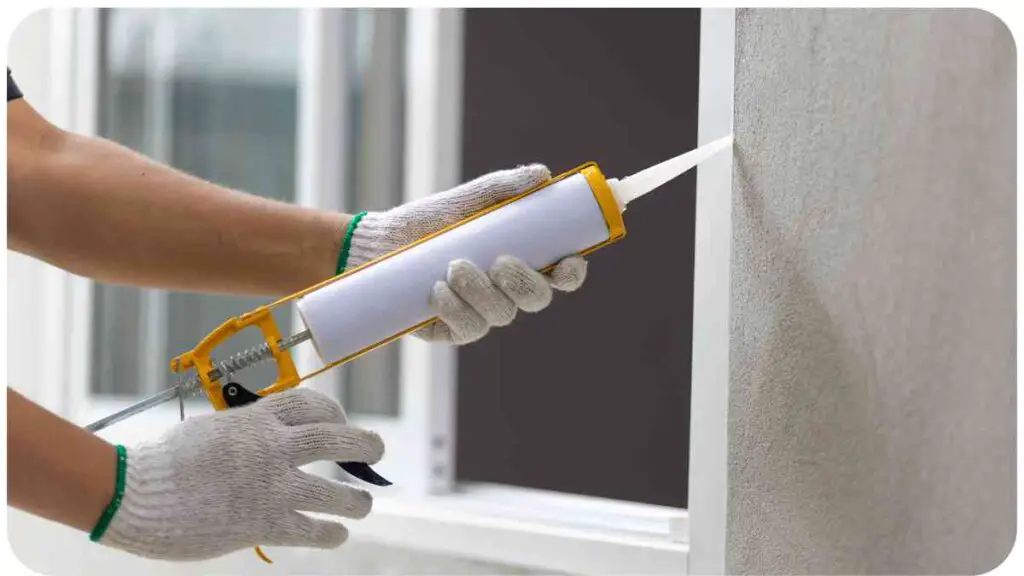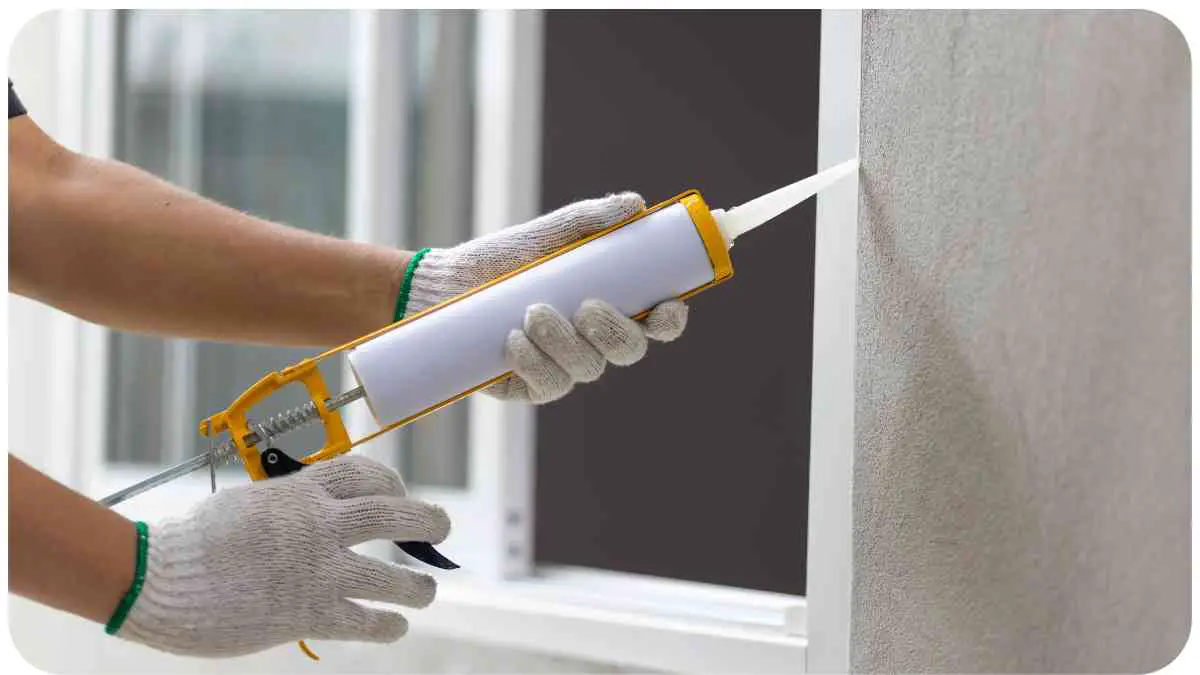If you’re a cooking enthusiast or someone who relies on their oven for everyday meals, encountering issues with your Bosch oven’s heating can be frustrating. A malfunctioning oven can disrupt your cooking routine and leave you with undercooked or unevenly cooked dishes.
In this comprehensive guide, we’ll delve into common reasons behind Bosch oven heating problems and provide you with practical solutions to restore your oven’s functionality.
| Takeaway |
| Troubleshoot Bosch oven heating issues with confidence by |
| checking power sources, verifying temperature settings, |
| inspecting the oven door seal, and examining the heating |
| element. Calibrate the oven temperature if needed, and seek |
| professional help when troubleshooting efforts fall short. |
| Remember to practice preventive maintenance, including |
| regular cleaning and professional inspections, to keep your |
| Bosch oven performing at its best. Explore further reading |
| resources for expert insights and solutions to common problems. |
2. Common Reasons for Bosch Oven Heating Issues
Bosch ovens are known for their reliability and performance, but like any appliance, they can face issues over time. Here are some common culprits behind heating problems:
- Faulty Heating Element: The heating element is responsible for generating the necessary heat for baking and cooking. If it’s damaged or malfunctioning, your oven may not heat properly.
- Inaccurate Temperature Settings: Sometimes, the oven’s temperature settings might be incorrect due to a malfunctioning thermostat or sensor. This can lead to inadequate heating.
- Worn Oven Door Seal: A worn or damaged door seal can cause heat to escape from the oven, resulting in temperature inconsistencies.
When your oven’s heating falters, the expertise shared here extends beyond kitchens. Similarly, ‘The Ultimate Guide to Solving Any Plumbing Problem’ navigates household challenges with detailed troubleshooting, ensuring a smoothly functioning home.
3. Troubleshooting and Solutions
3.1. Checking the Power Source
Before diving into complex solutions, make sure your oven is receiving adequate power. Sometimes, a loose or faulty power connection can lead to heating issues. Ensure the oven is plugged in properly and the circuit breaker hasn’t tripped.
While avoiding repair scams, explore ‘Get the Inside Scoop on These Home Repair Scams and How to Avoid Them.’ The articles converge on empowering readers with knowledge, promoting informed decision-making in appliance troubleshooting and safeguarding against potential scams.
3.2. Ensuring Proper Temperature Settings
Start by confirming that you’ve set the oven to the correct temperature. If your dishes are consistently undercooked or overcooked, a calibration might be needed.
3.3. Verifying the Oven Door Seal

Inspect the door seal for any signs of wear or damage. A compromised seal can lead to heat leakage and uneven cooking. If needed, replace the seal with a genuine Bosch replacement part.
Unblock your oven’s potential with solutions mirroring the effectiveness of ’15 Simple Tips for Fixing Clogged Drains.’ Both guides empower homeowners to resolve specific appliance issues, fostering a DIY approach to home maintenance.
3.4. Inspecting the Heating Element
Examine the heating element at the bottom of the oven. If you notice any visible damage or irregularities, such as burnt spots, it’s likely time to replace the element.
3.5. Calibrating the Oven Temperature
Calibrating the oven temperature might solve inaccuracies in heating. Refer to your oven’s manual for instructions on how to calibrate the thermostat or consider seeking professional assistance.
4. Technical Support and Professional Help
If your troubleshooting efforts haven’t resolved the issue, don’t hesitate to reach out to Bosch’s technical support. They have a team of experts who can guide you through more advanced diagnostics and solutions. Additionally, if you’re not comfortable performing complex repairs yourself, it’s advisable to seek professional help from certified appliance repair technicians who have experience with Bosch ovens.
Just as oven care is essential, ‘Expert Tips for Keeping Your HVAC System Running Smoothly’ imparts wisdom on HVAC systems. Both articles converge on appliance maintenance, offering insights to ensure optimal performance and longevity.
5. Preventive Maintenance Tips
Maintaining your Bosch oven properly can prevent heating issues from arising in the first place. Here are some preventive maintenance tips to keep your oven running smoothly:
5.1. Cleaning and Maintenance of Heating Elements
Regularly clean the heating elements to prevent buildup of food debris and grease. A dirty heating element can affect its performance and lead to uneven heating.
5.2. Regular Oven Calibration
Make it a habit to calibrate your oven’s temperature periodically. This ensures that the temperature settings remain accurate and your dishes are cooked to perfection.
5.3. Professional Inspections
Schedule professional inspections for your Bosch oven at regular intervals, even if it’s functioning well. A trained technician can identify potential issues before they escalate and recommend timely solutions.
Discover the dishwasher secret to malfunction resolution, mirroring the troubleshooting focus of ‘The Secret to Fixing a Malfunctioning Dishwasher Revealed.’ Both guides delve into appliance intricacies, equipping readers with valuable insights for effective repairs.
6. Comparison Table of Bosch Oven Models
| Model Name | Heating Element Type | Oven Capacity | Temperature Range | Special Features |
| Bosch Model A | Convection | 4.5 cu. ft. | 150°F – 550°F | Self-Cleaning, Wi-Fi |
| Bosch Model B | Standard | 5.0 cu. ft. | 170°F – 500°F | Multiple Cooking Modes |
| Bosch Model C | European Convection | 3.8 cu. ft. | 100°F – 600°F | Touchscreen Interface |
7. Frequently Asked Questions (FAQs)
7.1. Why is my Bosch oven not reaching the desired temperature?
There could be several reasons, including a faulty heating element, inaccurate temperature settings, or a worn-out door seal. Check these factors and troubleshoot accordingly.
7.2. Can I calibrate the oven temperature myself?
Yes, you can usually calibrate the oven temperature yourself by following the instructions in the manual. However, if you’re unsure, it’s best to consult a professional.
7.3. How often should I clean the oven’s heating elements?
Cleaning the heating elements every few weeks, depending on usage, will help maintain optimal performance. Wipe away any food residue or grease to prevent uneven heating.
8. Customer Stories: Real-life Experiences
Emily’s Baking Adventure: “I love baking, but my Bosch oven started giving me unevenly baked cakes. After checking the door seal and heating element, I realized it was a calibration issue. I followed the manual, and now my cakes come out perfectly!”
Mike’s Repair Revelation: “When my Bosch oven wouldn’t heat up, I was ready to call for repairs. Then I noticed a loose power plug. A simple fix, and my oven was back in action!”
9. Conclusion
Dealing with a Bosch oven that’s not heating properly can be frustrating, but with the right troubleshooting steps and preventive measures, you can enjoy delicious meals without interruptions. Remember to check the power source, verify temperature settings, inspect the door seal and heating element, and calibrate the oven as needed. Should these efforts fall short, don’t hesitate to seek professional help. By following these tips and drawing from the experiences shared, you’ll have your Bosch oven heating up your culinary creations in no time.
Further Reading
For more in-depth information and solutions regarding Bosch oven heating issues, you can explore the following resources:
- Fred’s Appliance Academy: Common Problems and Fixes for Bosch Ovens Learn about common Bosch oven problems and discover step-by-step solutions to get your oven back in working condition.
- Advance Appliance Blog: Troubleshooting Bosch Oven Heating Problems Delve into this blog post for expert insights on diagnosing and addressing Bosch oven heating issues effectively.
- Temperature Master: Bosch Oven Not Heating? Troubleshooting Guide This comprehensive guide provides a detailed breakdown of Bosch oven heating problems and offers practical solutions to resolve them.
FAQs
How can I diagnose Bosch oven heating issues on my own?
You can start by checking the power source, verifying temperature settings, inspecting the door seal, and examining the heating element. If the issue persists, you might need to seek professional assistance.
Can a worn oven door seal affect the oven’s heating performance?
Yes, a worn or damaged oven door seal can lead to heat leakage, resulting in uneven cooking and temperature inconsistencies.
What should I do if my Bosch oven isn’t reaching the desired temperature?
First, ensure that you’ve set the oven to the correct temperature. If the problem persists, consider calibrating the oven’s thermostat according to the manufacturer’s instructions.
Is it possible to replace a faulty heating element myself?
While it’s technically possible, replacing a heating element can be complex. It’s recommended to consult your oven’s manual or seek professional help to avoid any damage.
How often should I schedule professional inspections for my Bosch oven?
It’s a good idea to have your Bosch oven professionally inspected at least once a year, even if it’s functioning well. This can help identify potential issues early and ensure optimal performance.

Hello, everyone! My name is Hellen James and I’m the founder of Unified Fix. I’ve been a home improvement enthusiast for years, so when we started this blog, I knew that it was important to me that we shared our knowledge with you.


